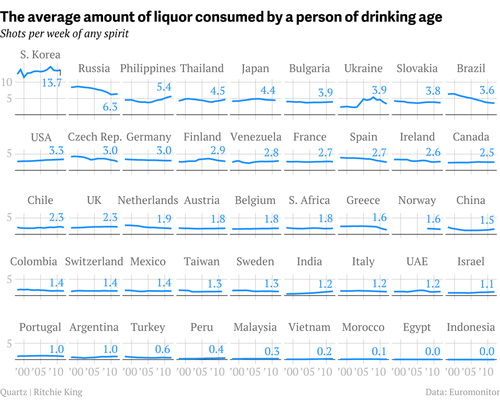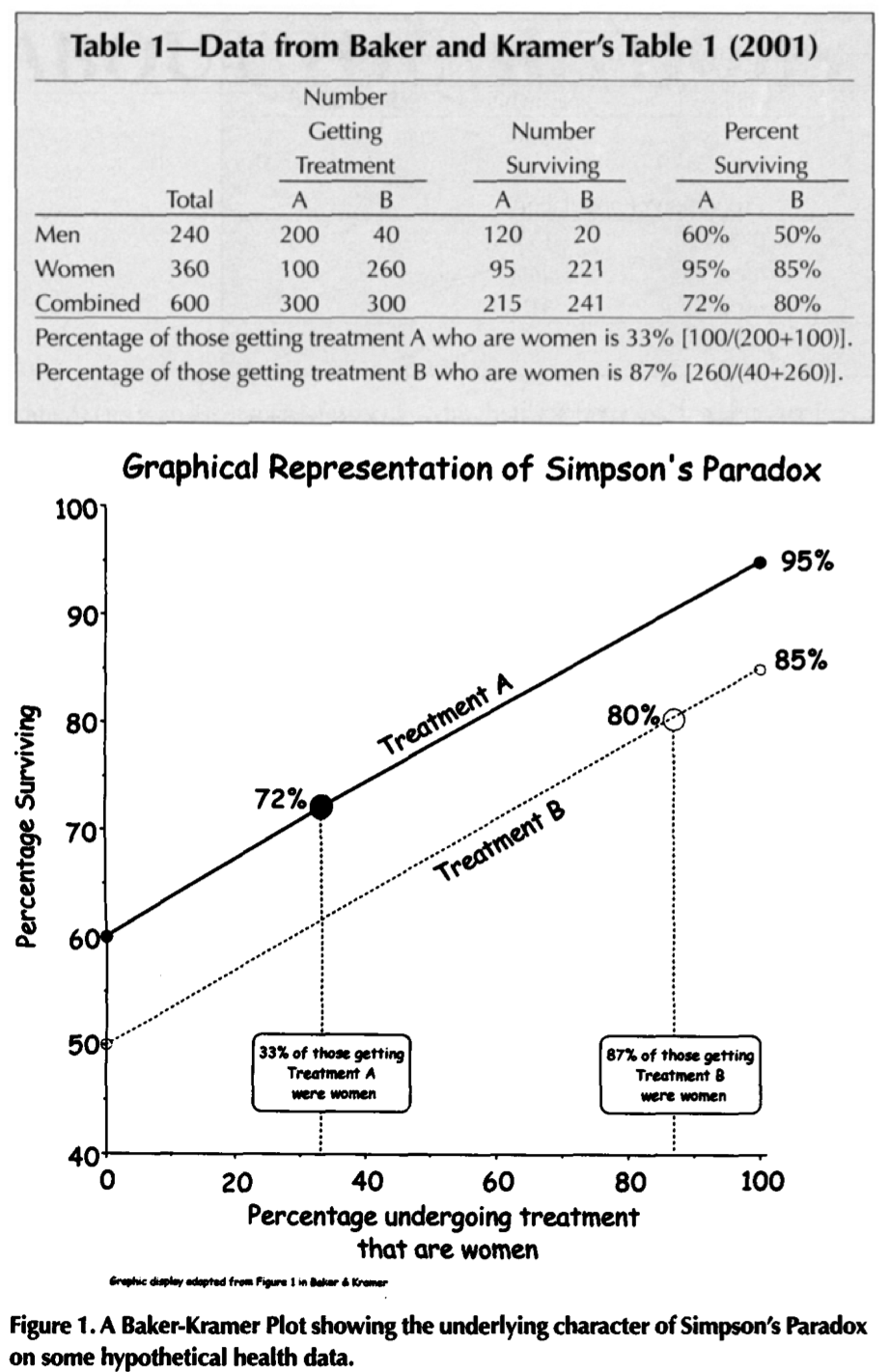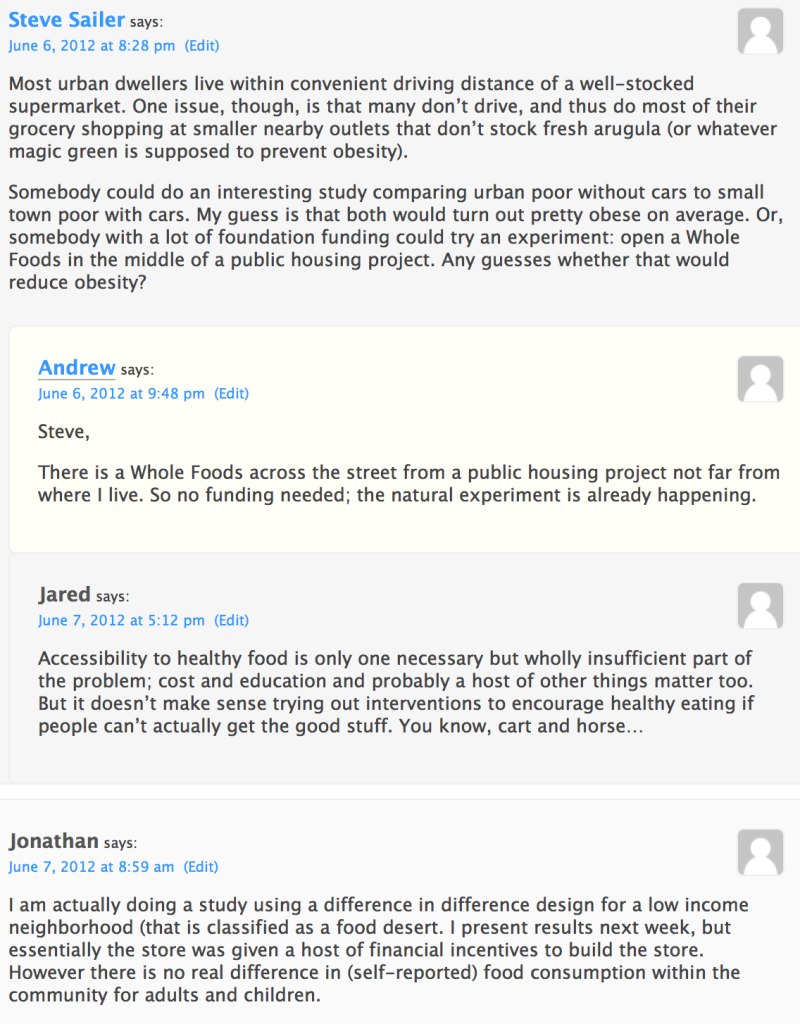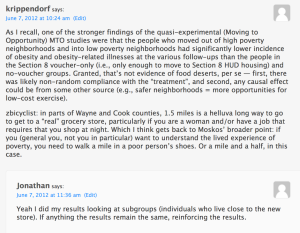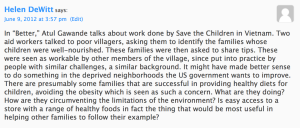The pre-NYT David Brooks liked to make fun of the NYT. Here’s one from 1997:
I’m not sure I’d like to be one of the people featured on the New York Times wedding page, but I know I’d like to be the father of one of them. Imagine how happy Stanley J. Kogan must have been, for example, when his daughter Jamie got into Yale. Then imagine his pride when Jamie made Phi Beta Kappa and graduated summa cum laude. . . . he must have enjoyed a gloat or two when his daughter put on that cap and gown.
And things only got better. Jamie breezed through Stanford Law School. And then she met a man—Thomas Arena—who appears to be exactly the sort of son-in-law that pediatric urologists dream about. . . .
These two awesome resumes collided at a wedding ceremony . . . It must have been one of the happiest days in Stanley J. Kogan’s life. The rest of us got to read about it on the New York Times wedding page.
Brooks is reputed to be Jewish himself so I think it’s ok for him to mock Jewish people in print. The urologist bit . . . well, hey, I’m not above a bit of bathroom humor myself—and nor, for that matter, is the great Dave Barry—so I can hardly fault a columnist for finding a laugh where he can.
The interesting part, though, comes near the end of the column:
The members of the cognitive elite will work their way up into law partnerships or top jobs at the New York Times, but they probably won’t enter the billionaire ranks. The real wealth will go to the risk-taking entrepreneurs who grew up in middle- or lower-middle-class homes and got no help from their non-professional parents when they went off to college.
One of the fun things about revisiting old journalism is that we can check how the predictions come out. So let’s examine the two claims above, 17 years later:
1. “The members of the cognitive elite . . . probably won’t enter the billionaire ranks.” Check. No problem there. Almost nobody is a billionaire, so, indeed, most people with graduate degrees who are featured in the NYT wedding section do not become billionaires.
2. “The real wealth will go to the risk-taking entrepreneurs who grew up in middle- or lower-middle-class homes and got no help from their non-professional parents when they went off to college.” Hmmm . . . I googled rich people and found this convenient wikipedia list of members of the Forbes 400. Let’s go through them in order:
Bill Gates
Warren Buffett
Larry Ellison
Charles Koch
David H. Koch
Christy Walton
Jim Walton
Alice Walton
S. Robson Walton
Michael Bloomberg
Sheldon Adelson
Jeff Bezos
Larry Page
Sergey Brin
Forrest Mars, Jr.
Most of these had backgrounds far above the middle class. For example, of Gates, “His father was a prominent lawyer, and his mother served on the board of directors for First Interstate BancSystem and the United Way.” Here’s Buffett: “Buffett’s interest in the stock market and investing also dated to his childhood, to the days he spent in the customers’ lounge of a regional stock brokerage near the office of his father’s own brokerage company.” Koch: “After college, Koch started work at Arthur D. Little, Inc. In 1961 he moved back to Wichita to join his father’s business, Rock Island Oil & Refining Company.” And I don’t think I have to tell you about the backgrounds of the Waltons or Forrest Mars, Jr. Larry Page had more of a middle class background but not the kind that David Brooks was looking for: “His father, Carl Page, earned a Ph.D. in computer science in . . . and is considered a pioneer in computer science and artificial intelligence. Both he and Page’s mother, Gloria, were computer science professors at Michigan State University.” And here’s Sergei Brin: “His father is a mathematics professor at the University of Maryland, and his mother a researcher at NASA’s Goddard Space Flight Center.” Damn! Foiled again. They might have even really violated Brooks’s rule and paid for Brin’s college education.
That leaves us with Larry Ellison, Sheldon Adelson, Michael Bloomberg, and Jeff Bezos: 4 out of the Forbes 15. So, no, I think Brooks would’ve been more prescient had he written:
The real wealth will go to the heirs of rich people or to risk-taking entrepreneurs who grew up in rich or upper-class homes or who grew up middle class but got lots of help from their well-educated professional parents when they went off to college and graduate school.
But that wouldn’t have sounded as good. It would’ve been like admitting that the surf-and-turf at Red Lobster actually cost more than $20. As Sasha Issenberg reported back in 2006:
I went through some of the other instances where he [Brooks] made declarations that appeared insupportable. He accused me of being “too pedantic,” of “taking all of this too literally,” of “taking a joke and distorting it.” “That’s totally unethical,” he said.
This time, let me make it clear that I’m not saying that Brooks did any false reporting. He just made a prediction in 1997 that was way way off. I do think Brooks showed poor statistical or sociological judgment, though. To think that “the real wealth” will go to the children of the “middle- or lower-middle-class” who don’t even pay for their college education . . . that’s just naiveté or wishful thinking at best or political propaganda at worst.
Brooks follows up his claim with this bizarre (to me) bit of opinionizing:
The people on the New York Times wedding page won’t make $4 million a year like the guy who started a chain of erotic car washes. They’ll have to make do with, say, $1.2 million if they make partner of their law firms. Maybe even less. The cognitive elite have more status but less money than the millionaire entrepreneurs, and their choices as consumers reflect their unceasing desire to demonstrate their social superiority to people richer than themselves.
I honestly can’t figure out what he’s getting at here except that I think it’s a bit of “mood affiliation,” as Tyler Cowen might say. According to Brooks’s ideology (which he seems to have borrowed from Tom Wolfe), “the guy who started a chain of erotic car washes” is a good guy, and “the cognitive elite” are bad guys. One way you can see this is that the erotic car wash guy is delightfully unpretentious (he might, for example have season tickets to the local football team and probably has a really big house and and a bunch of cars and boats, and he probably eats a lot of fat steaks too), while the cognitive elite have an “unceasing desire to demonstrate their social superiority.” They’re probably Jewish, too, just like that unfortunate urologist from the first paragraph of Brooks’s article.
But the thing that puzzles me is . . . isn’t 1.2 million a year enough? I mean, sure, if this car wash guy really wants more more more, then he can go for it, why not. But it seems a bit rich to characterize a bigshot lawyer as being some sort of envious hater because he was satisfied to max out at only a million a year. I mean, that’s just sad. Really sad, if there are people out there who think they’re failures unless they make 4 million dollars a year. There just aren’t that many slots in the world for people like that. If you have that attitude, you’re doomed to failure, statistically speaking.
Why bother?
The question always comes up when I write about these political journalists: why spend the time? Wouldn’t the world be better off if I were to put the equivalent effort into Stan, or EP, or Waic, or APC, or MRP, or various other statistical ideas that can really help people out?
Even if you agree with me that David Brooks is misguided, does it really help for me to dredge up a 17-year-old column? Better perhaps to let these things just sit, forgotten for another 17 years, perhaps.
My short and lazy answer is that I blog in part to let off steam. Better for me to just express my annoyance (even if, as in this case, it took me an hour to look up all those Wiki pages and write the post) than have it fester in my mind, distracting me from more important tasks.
My longer answer is: Red State Blue State. I do think that statistical misunderstandings can lead to political confusion. After all, if you really think that a good ticket for massive wealth is having lower-middle-class parents who won’t pay for college . . . well, that has some potential policy implications. But if you go with the facts and look at who the richest Americans really are and where they came from, that’s a different story.
Also, more generally, I wish people would revisit their pasts and correct their mistakes. I did it with lasso and I wish Brooks would do it here. What a great topic for his next NYT column: he could revisit this old article of his and explain where he went wrong, and how this could be a great learning experience. A lesson in humility, as it were.
I’ll make a deal with David Brooks: if you devote a column to this, I’ll devote a column to my false theorem—the paper my colleague and I published in 1993 that we had to retract because our so-called theorem was just wrong. I mean wrong wrong wrong, as in someone sent us a counterexample.
But I doubt Brooks will take me up on his offer, as I don’t think he ever ran a column on his mistake regarding the prices at Red Lobster, nor did he ever retract the “potentially ground-shifting” but false claims he publicized awhile ago in his column.
So, even though I would think it would be excellent form, and in Brooks’s best interests, to correct his past errors, he doesn’t seem to think so himself. I find myself in the position of Albert Brooks in that famous scene in Lost in America in which he tries in vain to persuade the casino manager to give back all the money his wife just gambled away: “As the boldest experiment in advertising history, you give us our money back.”
